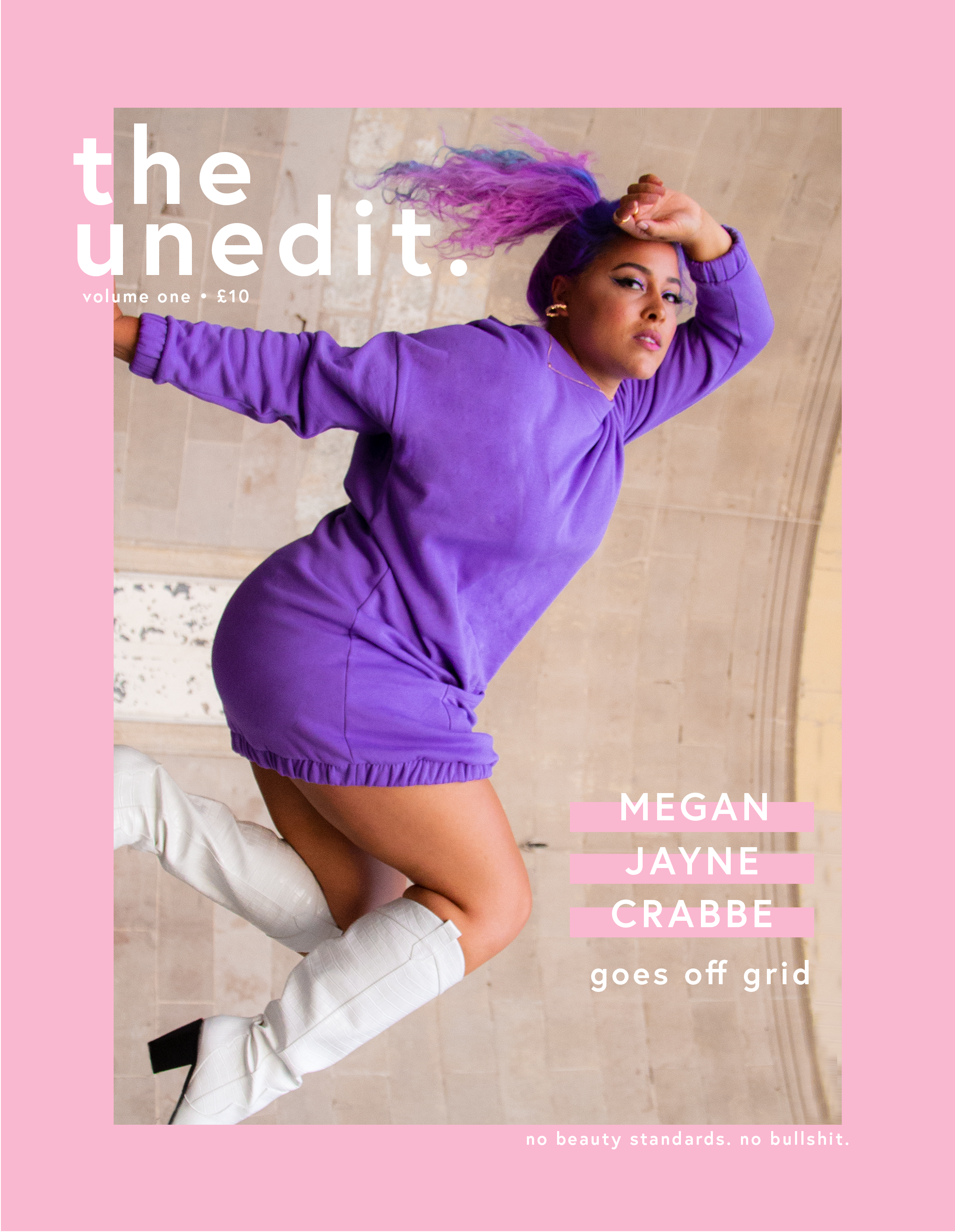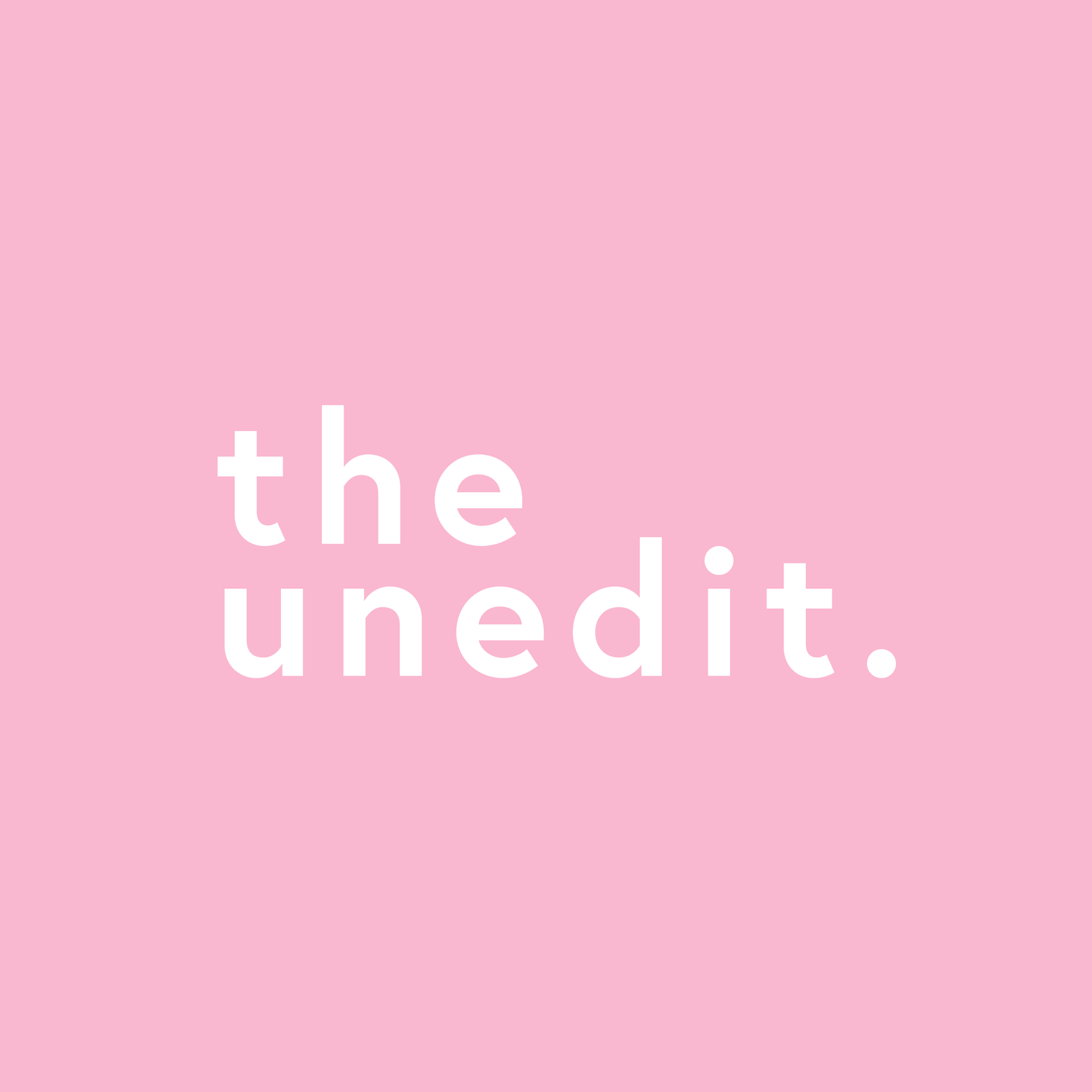A Fashion Magazine In Afghanistan Is Challenging Society's Beauty Standards
Things are changing in the Middle East when it comes to women's media. The launch of Vogue Arabia in March received some mixed opinions when supermodel Gigi Hadid - who often talks of her Palestinian origins - featured on the first issue's cover wearing a headscarf. Though this was covered across many press outlets, a launch in May was overlooked: Gellara magazine.
The magazine breaks down barriers and opens doors for Afghan women, challenging beauty standards for women in strict Muslim countries. Gellara's first act of business: a revolutionary cover. Afghan-Canadian singer-songwriter and TV personality Mozhdah Jamalzadah graced the first issue's cover, with the magazine deciding to photograph her without a hijab. Whilst there's no formal law that states women must wear a head covering, there is intense societal pressure that leaves many feeling that they have no option, and the cover is likely to cause backlash.
26 year-old Sina Hawa is a founding contributor, balancing her role at Gellara with her job as database manager for the Afghanistan Human Rights Action and Mobilisation organisation. Talking to Teen Vogue, she described Gellara as “the new face of women in Afghanistan”. With a new generation, the way that fashion and beauty is changing rapidly and it was time to do something about it.
Credit: Gellara
“In most parts of Kabul, you see the young generation is well-dressed and using make up, and no one else is covering this,” Sina added.
Despite attitudes towards fashion and beauty changing amongst women in Afghanistan, attitudes towards women aren't quite following suit. Despite the Taliban regime being overthrown nearly 17 years ago, women still are frequently reminded of what they faced during that time. During the regime's rule, women were subjected to public flogging, denied access to healthcare or education, forced to cover themselves in burqas and were forbidden to use any form of cosmetics, with many women being held prisoner in their own homes. To this day, amongst the civil unrest, women in particular worry about ultra-religious groups reprising these stern attitudes within Afghan society.
Gellara's main mission is to inspire their readers, especially those who live outside the capital and see less of the cultural progression. The title wants women to stand up societal pressures, and to learn more about fashion and cosmetics, something that many still to this day have been deprived of in their oppression.
“We want for women in the provinces to know that [they] can be beautiful and go forward and feels inspired, that this is the future,” Sina said.
So far, so good for Gellara. 2000 copies of the debut issue were printed and were snapped up in record time, with the team visiting places across Afghanistan and sold copies to women country-wide.
“We were on newsstands and we had a big launch where people came and bought [copies],” said Nargis Azaryun, a spokesperson for Gellara. “We went to different provinces, to universities, and we carried the magazine with us. We set up stands in shopping malls and we sold [there].”
By their challenging of societal ideals and beauty standards, Gellara is paving the way for women's media in the Middle East, allowing fashion and beauty to be covered (which is yet to have been done before) in a way that women will enjoy and be inspired by.









